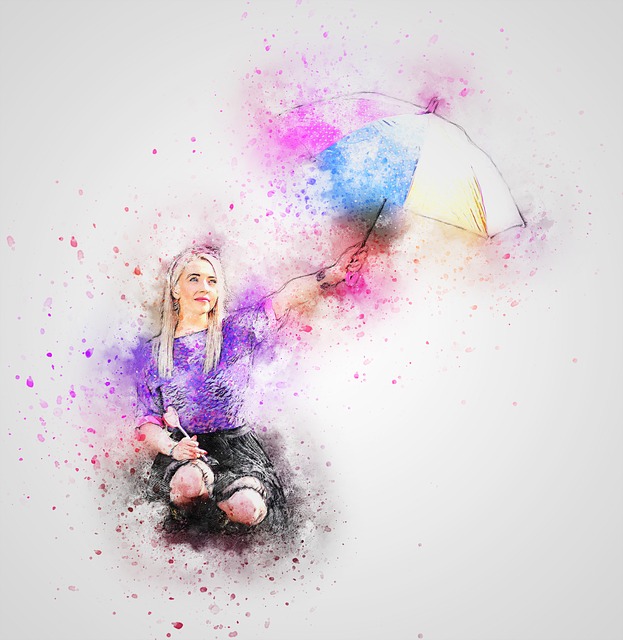
At first glance, Faig Ahmed’s rugs seem like digital photographs that didn’t load correctly the very first time you clicked them. Intricate patterns morph into temptations of pixelation; cubes of color slide off as somebody scrolled beyond them too quickly, and a number of those 2D mats seem like they are jerking off a display. However, while they might seem to be applications glitches or poor Photoshop editing, each one of Ahmed’s rugs are hand-woven — all and bugs.
Ahmed is an Azerbaijani artist that takes inspiration from conventional rugs made by amateurs in his nation. The artisanal rugs are created with elaborate patterns and vivid colors, each of which motivated Ahmed to start working in fabrics after decades of focusing on paintings, paintings, installation, and video art.
“Patterns and decorations are seen in most civilizations, sometimes like, sometimes quite different,” Ahmed informs Sierzputowski. “I believe them phrases and words which may be read and interpreted into a language we all know.”
ALSO READ: Heart Breaking Self Portraits Of An Artist With Alzheimer’s Disease
Azerbaijani rugs are precious round the globe equally for their exquisite layouts and also the craftsmanship it requires to make such comprehensive, delicate bits. The skills used to generate the rugs have been passed down through generations by household, based on UNESCO. Traditionally, the rugs are woven and dyed in winter by female family members using special methods to create complicated designs in the cloth. Carpets, that look better after cleaning, are usually designed to celebrate exceptional events like weddings, and a kid’s arrival, and spiritual rites. Even though the rugs carry much cultural importance, Ahmed takes delight in forcing the craft’s bounds in his art.
“I enjoy being a hostage [to the convention], as it is a quiz and you need to bring it to put in,” Ahmed informs Lisa Pollman to get Art Radar. “I believe we’re not entirely free anyhow, but you need to exactly understand where your cage finishes.”
To create his rugs, Ahmed works along with a group of 20 to 25 skilled weavers working out of his layouts. Though a number of the rugs are derived from computer glitches and corrupt image files, the others are motivated by watching paint trickle down a wall or even perusing strange geometric shapes that twist the conventional layouts. A number of his rugs have optical illusions built in them that by certain angles that the contours seem like they are popping out in the viewer.
